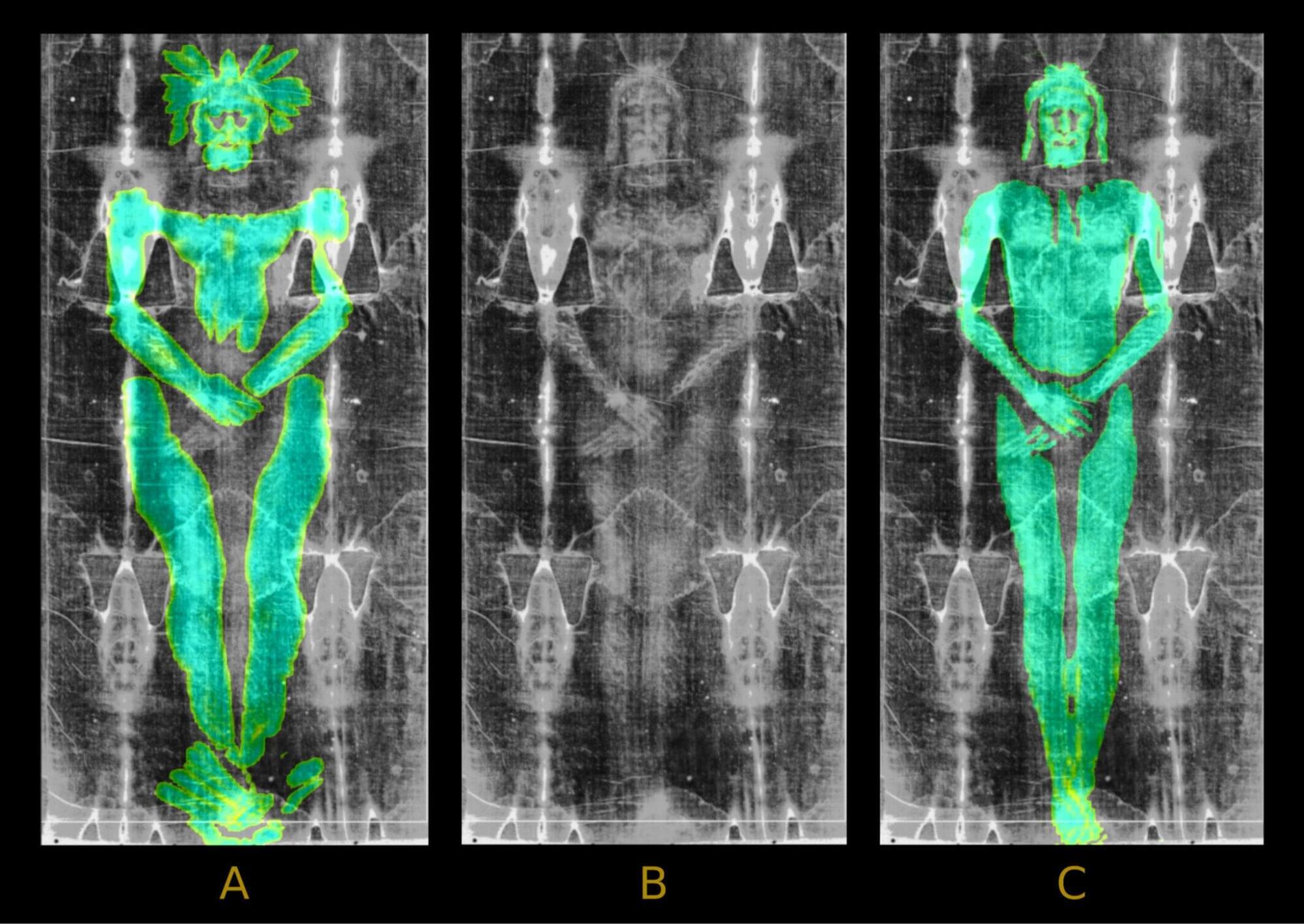In a breakthrough that reimagines the way the gut and brain communicate, researchers have uncovered what they call a “neurobiotic sense,” a newly identified system that lets the brain respond in real time to signals from microbes living in our gut.
The new research, led by Duke University School of Medicine neuroscientists Diego Bohórquez, Ph.D., and M. Maya Kaelberer, Ph.D., published in Nature, centers on neuropods, tiny sensor cells lining the colon’s epithelium. These cells detect a common microbial protein and send rapid messages to the brain that help curb appetite.
But this is just the beginning. The team believes this neurobiotic sense may be a broader platform for understanding how the gut detects microbes, influencing everything from eating habits to mood—and even how the brain might shape the microbiome in return.







